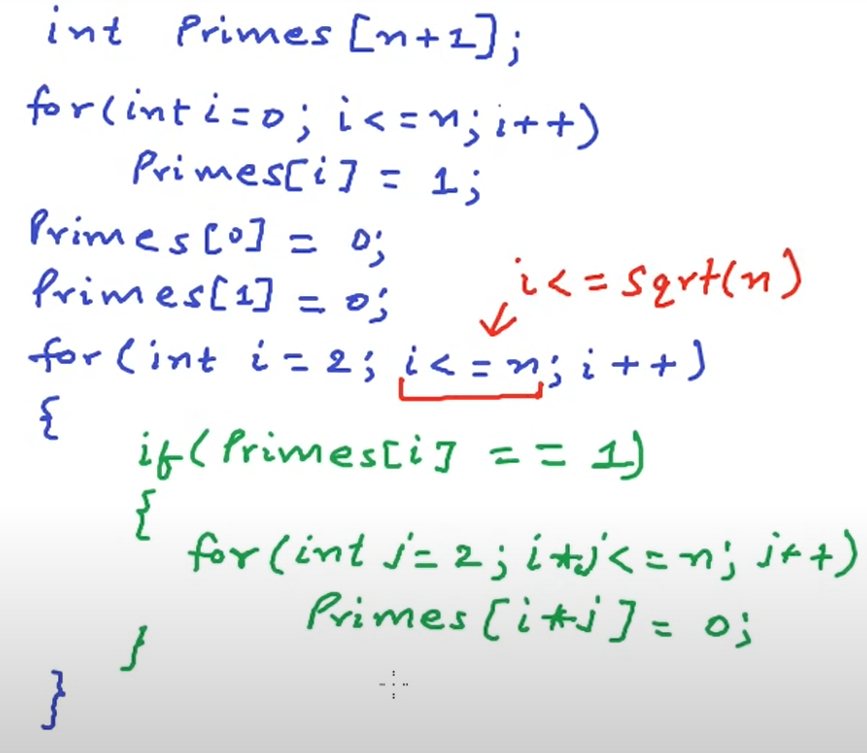Discrete Math

Discrete mathematics, often hailed as the backbone of modern computer science and the cornerstone of cryptography, is a realm where abstract concepts meet real-world applications. Unlike continuous mathematics, which deals with smoothly varying quantities, discrete mathematics focuses on countable, distinct entities. From combinatorics to graph theory, discrete mathematics underpins various fields, providing tools to solve problems and model systems in diverse domains. In this article, we embark on a journey to explore the intricacies and significance of discrete mathematics, unraveling its beauty and relevance in today’s world.
Foundations of Discrete Mathematics:
At its core, discrete mathematics encompasses a range of fundamental concepts, including sets, logic, relations, functions, and combinatorics. Sets serve as the building blocks of discrete mathematics, representing collections of distinct objects. Through set operations such as union, intersection, and complementation, mathematicians manipulate sets to analyze relationships and solve problems.
Logic forms another crucial aspect of discrete mathematics, offering a framework for reasoning and making deductions. Propositional logic deals with propositions or statements that can be either true or false, while predicate logic extends this framework to include variables and quantifiers, enabling the expression of more complex statements.
Relations and functions provide essential tools for modeling interactions between elements of sets. Relations define connections or associations between elements, while functions map elements from one set to another, capturing input-output relationships. These concepts find applications in various fields, from database management to computer programming.
Combinatorics, the branch of mathematics concerned with counting and arranging objects, plays a pivotal role in discrete mathematics. It encompasses topics such as permutations, combinations, and the pigeonhole principle, offering techniques to analyze and solve problems involving finite structures.
Graph Theory:
One of the most captivating areas of discrete mathematics is graph theory, which studies the properties and relationships of graphs—abstract representations of networks consisting of vertices (nodes) and edges (connections between nodes). Graph theory finds applications in diverse fields, including computer networking, social network analysis, and logistics optimization.
Graphs can be classified based on various attributes, such as directedness, connectivity, and planarity. Directed graphs, or digraphs, incorporate directional edges, while undirected graphs have edges without specified directions. Connectivity refers to the existence of paths between vertices, with strongly connected graphs allowing paths between any pair of vertices.
Planar graphs are those that can be drawn on a plane without any edges crossing, while non-planar graphs require crossings. The famous “four-color theorem” states that any map can be colored using at most four colors in such a way that no two adjacent regions have the same color, illustrating an intriguing application of graph theory in cartography.
Applications in Computer Science:
Discrete mathematics serves as the mathematical foundation for various branches of computer science, including algorithms, data structures, and cryptography. Algorithms, step-by-step procedures for solving problems, often rely on discrete mathematics for analysis and optimization.
Data structures, fundamental building blocks for organizing and storing data, leverage concepts from discrete mathematics to facilitate efficient operations such as searching, sorting, and accessing elements. Linked lists, trees, and graphs are examples of data structures that find extensive use in computer science applications.
Cryptography, the practice of secure communication in the presence of adversaries, heavily relies on discrete mathematics, particularly number theory and finite fields. Concepts such as modular arithmetic, prime factorization, and discrete logarithms form the basis of cryptographic algorithms, ensuring the confidentiality and integrity of sensitive information in digital communications.
Conclusion:
Discrete mathematics, with its rich tapestry of concepts and applications, stands as a testament to the profound impact of abstract reasoning on practical problem-solving. From foundational principles such as sets and logic to advanced topics like graph theory and cryptography, discrete mathematics permeates various fields, shaping the way we analyze data, design algorithms, and secure information. As we continue to explore the frontiers of science and technology, the timeless beauty and relevance of discrete mathematics remain steadfast, guiding our quest for knowledge and innovation in an ever-evolving world.





